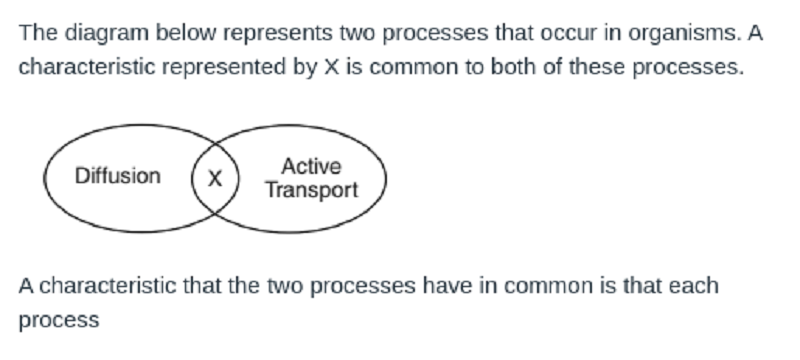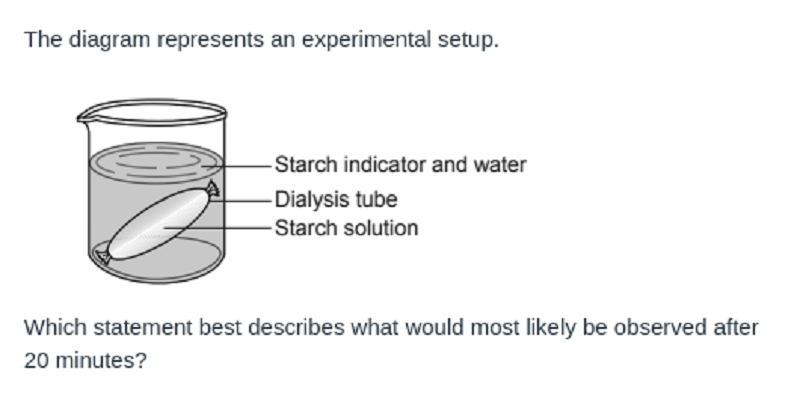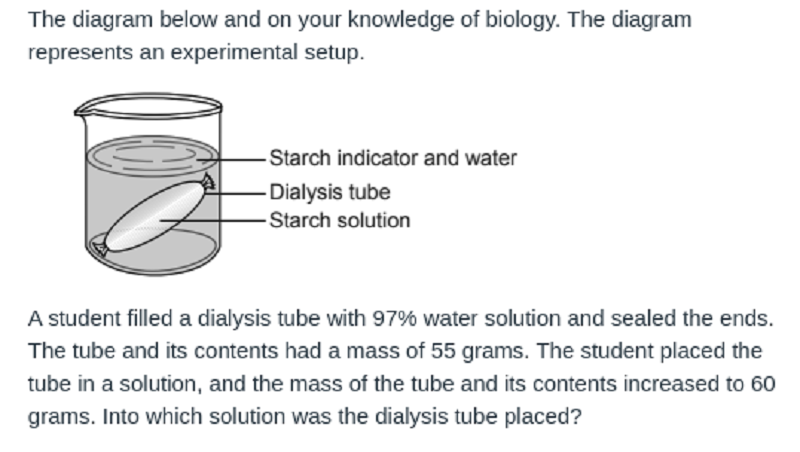Biology Comprehensive Quiz

Biology Comprehensive Quiz
Test your knowledge of biology with this comprehensive quiz that covers various topics including cell structure, processes, and the role of enzymes. Whether you're a student looking to reinforce your learning or a teacher preparing to assess your students, this quiz is designed for everyone!
What you can expect:
- 30 thought-provoking questions
- Covers a wide range of biological topics
- Immediate feedback on your answers



Using a microscope and a wet-mount slide, a student observed a pond water sample containing paramecia, which are single-celled freshwater organisms. She noticed that there was a structure within each living paramecium that contracted regularly—about four times each minute. She researched the organism in his science textbook and found that the structure was a contractile vacuole and its fun

She decided to determine if the concentration of salt in the environment of the paramecium would affect the rate at which the contractile vacuole would contract.
The process used to remove excess water from the paramecium by the contractile vacuole is







